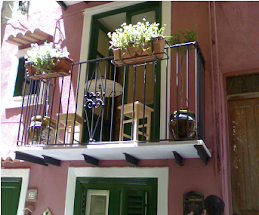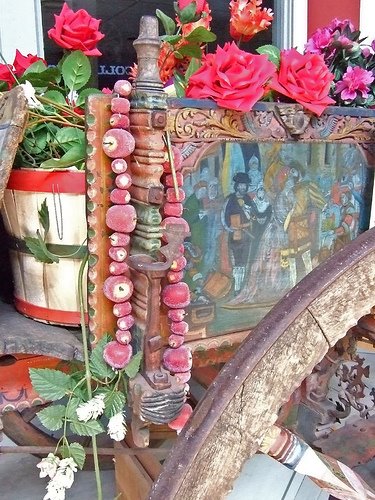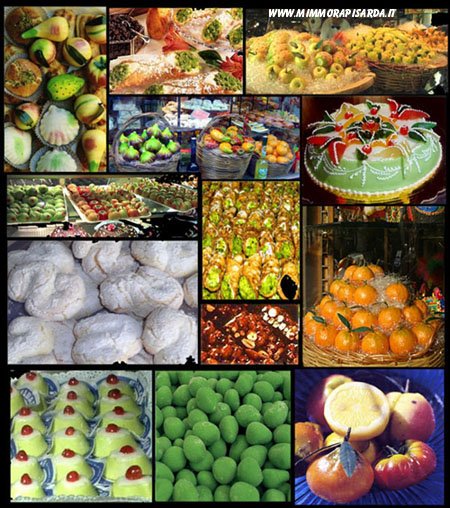
The small town of Salemi (photogallery) enjoys a lovely position surrounded by the vineyards that are so typical a feature of the Trapani region. The older parts of Salemi bear the indelible imprint of Arab influences, its narrow cobbled streets wind their way to the top of the hill crowned with the ubiquitous Sicilian Castle.
But what makes this little town special is its bread.
Some years ago "bread" was the most important element in the eating habits of people from all walks of life: princes, children and common people. In fact for a long time it was considered a sacred element. There are many important religious and folkloristic feast in which bread plays a very important role, the one of St Biagio has to be mentioned.
According to the Christian religion. St Biagio is a protector of the throat. His celebration is characterised by two typical shapes of bread: "li cuddureddi"
Originally this feast was a propitiatory rite later adapted to the catholic faith.
Bread also plays a significant part in the celebrations of St. Josephs day (19 March), when special large votive loaves are baked in the shape of angels, garlands, flowers, animals and work-tools so as to represent every aspect of daily life.
This is an event that cannot be missed!
On March 19th the streets of Salemi are decorated with "altars" made of wood and covered with coloured fabrics, lights, laurel and myrtle, oranges, lemons and breads in the shape of angels, Virgins, Jesus, St Joseph, flowers and every other possible decorative shape: You won't believe you very eyes!
The tradition dictates that those "devotees" who organize a votive altar must also gather a banquet (La cena) consisting of 101 recipes based on cereals, vegetables, fruits, fish and cakes.
After setting a long banquet table and blessing the breads, the food is first offered to the children (representing the holy family) and then all the visitors.







No comments:
Post a Comment